Weekly Current Affairs (22nd to 30th April 2025) - 1 | Weekly Current Affairs - UPSC PDF Download
Decarbonising India’s Logistics Sector
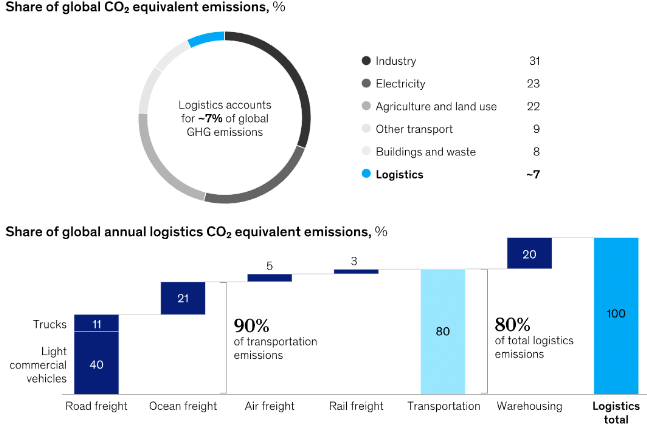
Why in News?
- India’s logistics sector plays a crucial role in the nation's economic growth and the Vision India@2047 initiative. However, it is recognized as one of the most carbon-intensive sectors. To achieve a net-zero target by 2070, it is essential to green logistics for sustainable and inclusive development.
Key Takeaways
- Heavy reliance on road transport, with 64.5% of freight moved by roads.
- Over 85% of trucks are owned by small operators, complicating green technology adoption.
- Transitioning to electric and hydrogen vehicles incurs high costs and infrastructure challenges.
- Underdeveloped public transport limits the potential for greener freight options.
Additional Details
- Heavy Reliance on Road Transport: The dominance of roads in logistics creates dependency on diesel-fueled trucks, making rapid decarbonization challenging.
- Fragmented Sector: With a majority of trucks owned by individuals or small operators, coordinated efforts for emission tracking and green technology adoption are hindered.
- High Transition Costs: Electric vehicles (EVs) are significantly more expensive than traditional vehicles, and limited access to financing adds to the challenge.
- Limited Public Transport: Infrequent services and underdeveloped infrastructure limit the use of public transport for freight, leading to continued reliance on carbon-intensive vehicles.
To effectively reduce emissions in India's logistics sector, several measures can be adopted. These include a structural shift from road to rail transport, promoting electric vehicles and alternative fuels, boosting coastal shipping and inland waterways, enhancing aviation efficiency, and promoting green warehousing. Additionally, introducing stringent emission regulations and promoting carbon trading systems can drive sustainable practices.
In conclusion, achieving net-zero emissions by 2070 in India's logistics sector requires a comprehensive approach focused on enhancing rail freight, transitioning to electric transport, utilizing clean fuels, and improving energy efficiency in warehouses. Through the right policies, technological advancements, and active participation from the private sector, India can develop a more sustainable and efficient logistics system for the future.
Mains Question:
- Discuss the challenges and opportunities in decarbonizing India's logistics sector. Highlight the key government initiatives.
India's Leather Industry
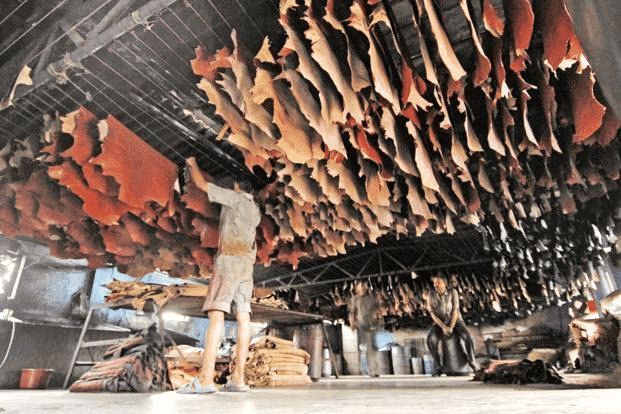 Why in News?
Why in News?
- The Government of India has announced plans for a mega leather cluster in Ramaipur, Kanpur. This initiative aims to revitalize the leather sector, which historically has been vital to the city’s economy and identity but is currently facing significant challenges such as pollution regulations, declining business, and poor labor conditions.
Key Takeaways
- Proposed mega leather cluster in Ramaipur, Kanpur.
- Decline in Kanpur's leather industry due to various economic and regulatory factors.
- India is a leading player in the global leather market.
Additional Details
- Legacy: Kanpur was renowned as the "Leather City of India" due to its British-era tanning industry, proximity to the Ganga River, and a large labor force. Post-1857, it provided jobs for over 100,000 workers in around 600 tanneries.
- Impact of Demonetisation and Pollution Control (2016–17): The demonetisation in 2016 severely impacted the leather industry by causing cash shortages that halted payments and raw material purchases, leading to a drop in production. A UPPCB directive in 2017 mandated a 50% reduction in infrastructure, imposing heavy penalties for non-compliance, which forced many factories to operate at half capacity or shut down.
- Rising Operational Costs: The cost of treating tannery effluents increased dramatically, affecting profit margins and causing a significant reduction in the number of operational tanneries, resulting in job losses.
India's leather industry is significant for its diverse sub-sectors:
- Tanning
- Footwear
- Leather Garments
- Accessories
India is the largest producer and consumer of leather footwear after China and ranks second in leather garment exports and fourth in leather goods exports globally. The industry accounts for 13% of the world’s leather production, supported by a substantial population of cattle, buffalo, goats, and sheep.
Employment in India's Leather Industry
- Employs approximately 4.42 million people.
- 30% of the workforce is female, particularly in rural regions.
- The garments sector represented 7.62% of total leather exports in FY25.
- Key export markets include the US (21.82%), Germany (11.33%), and the UK (9.17%).
Challenges Facing India's Leather Industry
- Decline in Exports: Leather exports decreased by nearly 10% in FY24 due to weak demand from major markets, exacerbated by the Russia-Ukraine conflict.
- Threat from Synthetic Leather Substitutes: Eco-friendly alternatives are becoming more popular, posing a threat to traditional leather markets.
- Environmental Regulations: Stricter compliance burdens have led to the closure of many tanneries, particularly in Kanpur and Unnao.
- Labour Issues: A significant portion of the workforce lacks training, leading to low productivity and poor safety awareness.
Revival Strategies for India's Leather Industry
- Transform CETPs to CIRCLES: Upgrade Common Effluent Treatment Plants into Clean Integrated Resource-Conserving Leather Ecosystems.
- Position India 'China Plus One': Leverage global trade tensions to attract buyers seeking alternatives to China.
- Addressing the Innovation Gap: Establish a National Leather Tech Hub to foster innovation and collaboration with startups.
- Unlock Ethical Luxury Branding: Launch initiatives like the "Bharat Leather Mark" to promote sustainable practices.
- Formalise the Informal: Provide digital identification for workers to access benefits and training.
In conclusion, India's leather industry requires a comprehensive strategy rather than incremental changes. By integrating technology with traditional craftsmanship, the proposed Ramaipur cluster can become a cornerstone of a new era in leather production, emphasizing sustainability and ethical practices.
Mains Question:
- India’s leather sector is facing the dual burden of global competition and domestic regulation. Critically analyse the causes of its decline and suggest a comprehensive revival strategy.
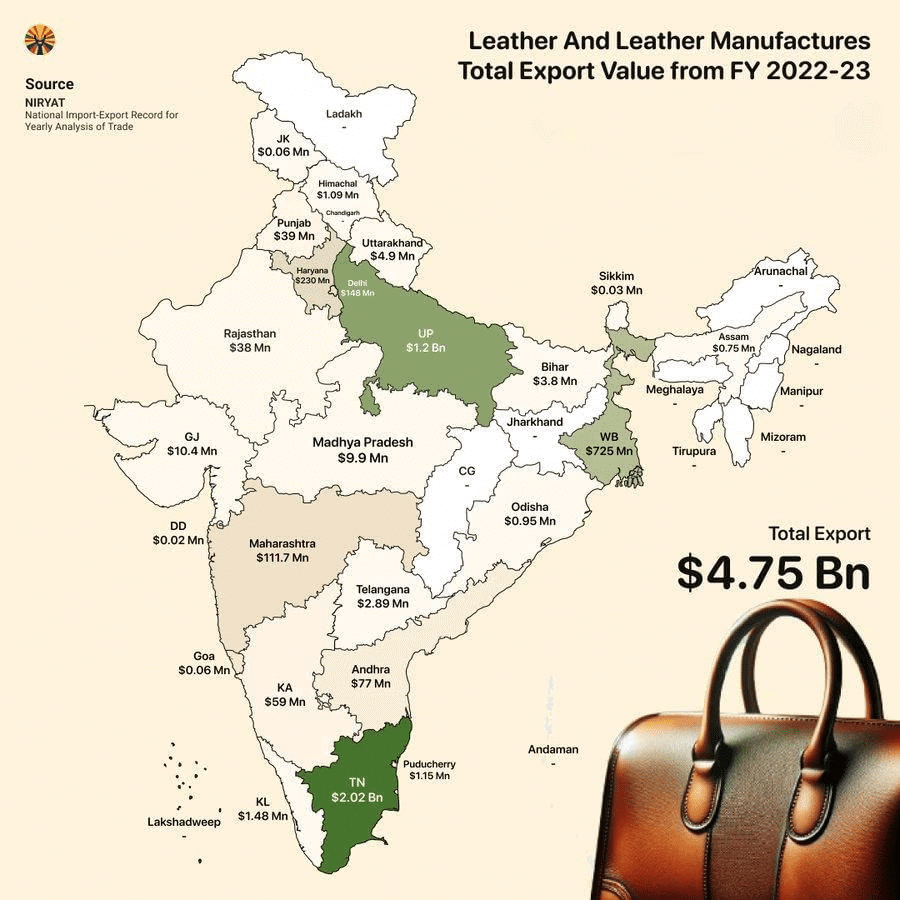
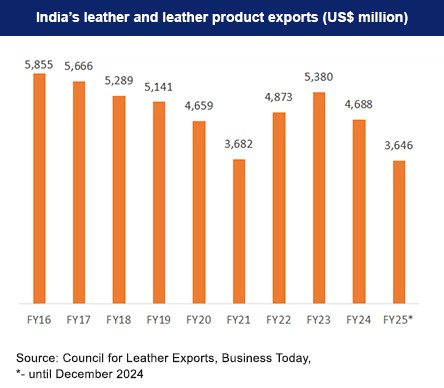
India–Saudi Arabia Relations
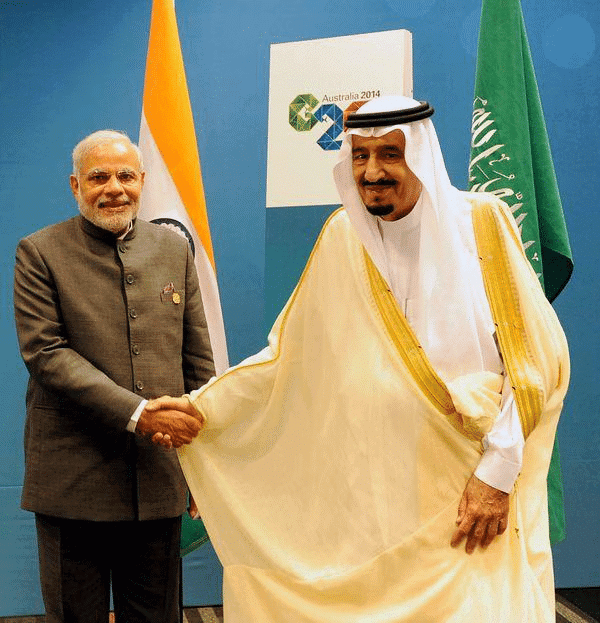 Why in News?
Why in News?
- Prime Minister Narendra Modi recently visited the Kingdom of Saudi Arabia to chair the second meeting of the India-Saudi Arabia Strategic Partnership Council (SPC).
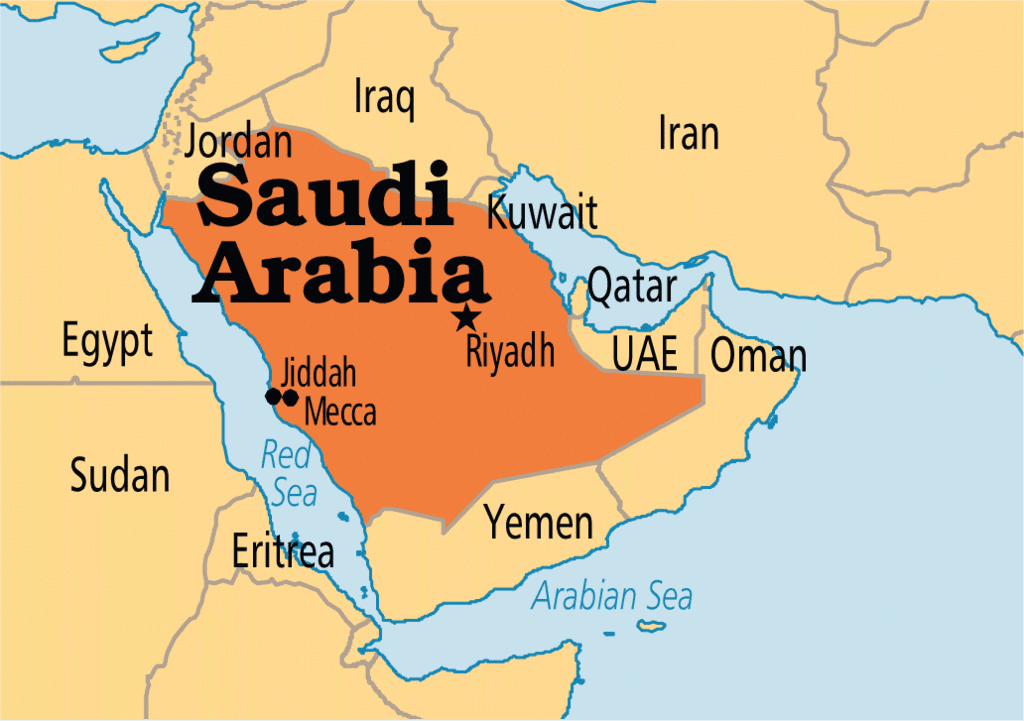
Key Takeaways
- Formation of new Ministerial Committees on Defence Cooperation and Tourism & Cultural Cooperation.
- Saudi Arabia commits to invest USD 100 billion in India across various sectors.
- Several Memorandums of Understanding (MoUs) signed to enhance cooperation in space, health, anti-doping, and postal services.
Additional Details
- High Level Task Force on Investment (HLTF): This initiative aims to boost collaboration, including the establishment of two refineries in India and progress on taxation matters.
- Economic Cooperation: India is Saudi Arabia's largest trade partner, with bilateral trade reaching USD 42.98 billion in FY 2023-24.
- Energy Partnership: Saudi Arabia is the largest supplier of crude oil to India, accounting for 14.3% of total imports.
- Defence Partnership: The first joint land exercise and a bilateral naval exercise have further strengthened military ties.
The relationship between India and Saudi Arabia has evolved significantly since diplomatic ties were established in 1947, with ongoing efforts to enhance cooperation in various fields including trade, energy, and security.
Challenges in India–Saudi Arabia Relations
- Labour Welfare Concerns: Issues such as poor working conditions and exploitation of Indian workers in Saudi Arabia are prevalent.
- Worsening Trade Deficit: India’s trade deficit with Saudi Arabia reached nearly USD 20 billion, primarily due to crude oil imports.
- Regional Instability: Saudi Arabia's military actions and regional rivalries complicate India's foreign policy and security interests.
Opportunities for Strengthening Relations
- Green Energy Collaboration: Joint projects in renewable energy, leveraging India's expertise in solar energy.
- Technology and Innovation Partnership: Collaboration in IT and AI to develop next-gen solutions, including a "Digital Silk Road."
- Utilizing GCC Platforms: Strengthen diplomatic channels within the Gulf Cooperation Council for regional stability.
The evolving strategic partnership between India and Saudi Arabia presents numerous opportunities for both nations, aligning with India's broader foreign policy objectives.
Tightening Student Visa Norms
Why in News?
Indian students are experiencing a significant decline in visa issuances and an increase in visa revocations in the US, alongside stricter visa regulations in Australia. This situation is disrupting their academic plans and career aspirations.
Key Takeaways
- 30% drop in F-1 student visas issued to Indian nationals in February 2025 compared to February 2024.
- Longer visa wait times for Indian students, averaging 58 days in Delhi.
- 50% of international students whose US visas were revoked in early 2025 were Indian nationals.
- Concerns over fairness and transparency due to the US State Department’s AI-based “Catch and Revoke” program.
Additional Details
- Sharp Decline in Visa Issuance: In February 2025, the US issued only 411 F-1 student visas to Indian nationals, a steep decline from 590 in February 2024. This decline is significantly higher than the global average decrease of 4.75%.
- Surge in Visa Terminations: A survey indicated that 50% of visa revocations were among Indian nationals, raising concerns about the implications of AI surveillance on students.
- Legal and financial challenges arise for students facing revocations, leading to complex legal procedures and potential lawsuits.
- Stricter scrutiny in Australia is leading to fears of profiling among applicants from specific Indian states.
The tightening visa norms for Indian students pose serious challenges, including potential weakening of India's soft power, risks to the demographic dividend, decline in remittances, and pressure on domestic higher education. Addressing these challenges requires strategic measures from the Indian government.
Implications of Indian Student Visa Issues
- Weakening of India’s Soft Power: The decline in student mobility limits India’s global influence in key sectors.
- Risk to India’s Demographic Dividend: Visa restrictions hinder access to global education, which is vital for skill development.
- Decline in Remittances: Stricter norms could lead to a reduction in financial inflows from Indian students abroad.
- Pressure on Domestic Higher Education Infrastructure: Increased demand for quality education in India may strain existing resources.
Strategies to Mitigate Visa Challenges
- Leverage Diplomatic Instruments: Utilize the Vienna Convention on Consular Relations to protect Indian students' interests abroad.
- Strengthen the Emigration Act: Bring student visa consultancies under stricter regulations to ensure accountability.
- Emergency Student Safety Net: Establish an Overseas Education Protection Fund to support students facing visa issues.
- Enhance Domestic Higher Education: Encourage foreign universities to establish campuses in India and promote reforms in Indian universities under the NEP 2020.
In conclusion, the Indian government must take proactive measures to address the challenges posed by tightening student visa norms to safeguard the interests of Indian students and enhance their global educational opportunities.
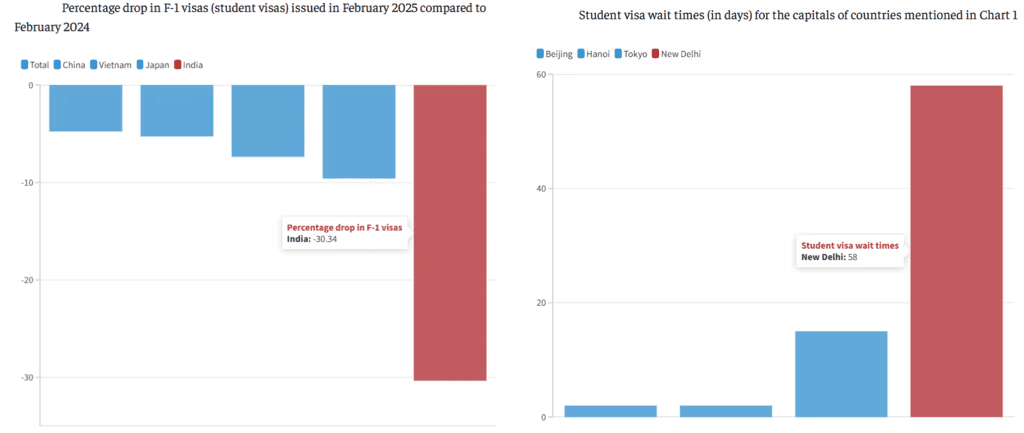
Mantis Shrimp and Metamaterials

Why in News?
- A recent study has unveiled fascinating insights into the mantis shrimp, revealing that its powerful, hammer-like limb not only delivers formidable strikes but also employs a natural recoil-dampening mechanism. This discovery challenges previous notions regarding metamaterials and energy management. The research not only underscores the evolutionary sophistication of the mantis shrimp but also paves the way for advancements in material science and bioengineering.
Key Takeaways
- The mantis shrimp's striking appendage functions as a natural phononic metamaterial, capable of controlling mechanical waves such as sound and vibrations.
- Its specialized club structure provides dual mechanical benefits by both withstanding impact forces and managing energy propagation.
Additional Details
- Hierarchical Structure:The mantis shrimp's limb includes:
- Hydroxyapatite Surface: A hard mineral found in human bones that disperses impact forces.
- Spring-like Tendons: Elastic structures that absorb shocks during strikes.
- Biopolymer Fibers: Arranged in a periodic pattern, these natural fibers help reduce impact damage from repeated strikes.
- This research highlights that nature has evolved metamaterials, which alters scientific perspectives on biological material design.
The mantis shrimp represents a remarkable example of evolutionary adaptation, inspiring innovations in various scientific fields, including engineering and technology.
What are Mantis Shrimps?
- About: Mantis shrimps are ancient marine crustaceans belonging to the order Stomatopoda, closely related to crabs and lobsters. With over 450 species, they range from 10 cm to nearly 46 cm in length.
- Habitat: They thrive in warm, shallow tropical and subtropical waters, particularly in the Indian and Pacific Oceans, often residing in self-dug burrows in the seabed.
- Hunting Mechanisms:Mantis shrimps are classified into two main types based on their hunting strategies:
- Spearers: Equipped with barbed forelimbs to impale soft-bodied prey like fish and squid.
- Smashers: Possess robust, club-like appendages capable of delivering rapid strikes to break open hard-shelled prey such as snails and clams.
Ecological and Scientific Significance
- The mantis shrimp's club mechanism has inspired applications in biomimicry, particularly in armor and aerospace engineering.
- Its unique eye structure is influencing advancements in optical sensors and cancer detection technologies.
- They play a crucial role in controlling prey populations within reef ecosystems and contribute significantly to nutrient cycling.
- Researchers are exploring ways to convert mechanical energy generated by these strikes into usable forms, potentially leading to innovative energy-harvesting applications.
Pahalgam Terror Attack and Suspension of the Indus Waters Treaty
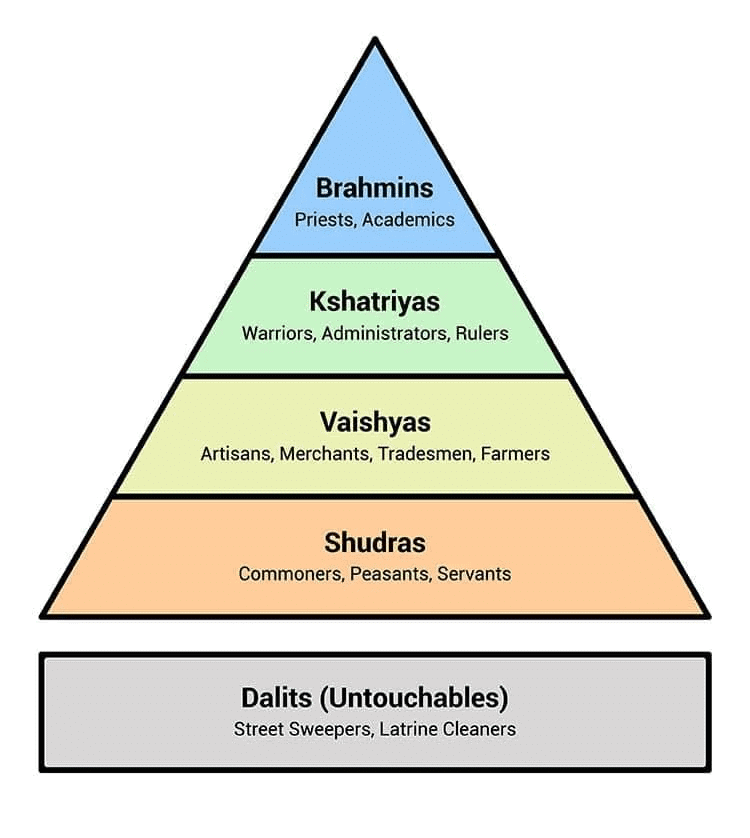 Why in News?
Why in News?
- The Cabinet Committee on Security, chaired by Prime Minister Narendra Modi, has approved a 5-point action plan against Pakistan following a deadly terrorist attack in Baisaran valley (Pahalgam), Jammu and Kashmir, which resulted in the deaths of 26 civilians. The Resistance Front (TRF), a proxy of the banned Pakistan-based Lashkar-e-Taiba (LeT), has reportedly claimed responsibility for this attack.
Key Takeaways
- India's 5-point action plan includes significant diplomatic and strategic measures against Pakistan.
- The suspension of the Indus Waters Treaty (IWT) marks a major shift in India's water diplomacy.
- Pakistan has responded with its own measures, including the suspension of bilateral agreements.
Additional Details
- Suspension of the Indus Waters Treaty: India has suspended the 1960 Indus Waters Treaty until Pakistan ceases its support for cross-border terrorism. This move reflects a strategic shift in India's approach, utilizing hydrological leverage as a pressure tool.
- Closure of the Attari-Wagah Border Check Post: India has shut down the Integrated Check Post (ICP) at Attari, Punjab, suspending all movement of people and goods, except for individuals with valid documents who may return by May 2025.
- Cancellation of SAARC Visa Exemption Scheme: The SAARC Visa Exemption Scheme for Pakistani nationals has been revoked, rendering all previously issued visas void.
- Expulsion of Pakistani Military Advisors: Pakistani military advisors in India have been declared persona non grata and must exit, alongside the withdrawal of Indian advisors from Islamabad.
- Reduction of Diplomatic Personnel: India will reduce its High Commission staff in Islamabad from 55 to 30 by May 2025, indicating a downgrade in diplomatic engagement.
Pakistan's response has included the suspension of all bilateral agreements with India, including the 1972 Simla Agreement, and the closure of its side of the Wagah border post. It has also condemned India's suspension of the IWT, warning that any diversion of river waters would be considered an "act of war."
What are the Potential Geopolitical Factors Behind Pakistan's Pahalgam Attack?
- India's Kashmir Policy: Pakistan perceives India's revocation of Article 370 in 2019 and Kashmir's integration as a challenge to its claims over Pakistan-occupied Kashmir.
- International Isolation: Pakistan's traditional allies are distancing themselves due to its declining reliability, exacerbated by the U.S. withdrawal from Afghanistan.
- Economic Collapse: Economic instability and rising insurgencies have left Pakistan vulnerable, pushing it toward aggressive actions.
- Global Geopolitical Messaging: The timing of the attack coincided with significant diplomatic visits, indicating Pakistan's intent to assert its influence in the region.
What is the Significance of the Indus Waters Treaty?
The IWT, signed in 1960, allocates the Eastern Rivers (Ravi, Beas, and Sutlej) to India for unrestricted use while reserving the Western Rivers (Indus, Jhelum, and Chenab) for Pakistan. It establishes a framework for water management and dispute resolution.
Actions Regarding IWT
- India's recent notices under the IWT seek modifications, focusing on hydroelectric projects that Pakistan claims violate treaty stipulations.
- India's suspension of the IWT marks a significant escalation in water diplomacy linked to cross-border terrorism.
Implications of IWT Suspension
- The suspension allows India greater flexibility in managing the Indus river system, potentially impacting Pakistan's water security and agricultural stability.
- Pakistan may seek arbitration and international support in response to the suspension, although economic constraints limit its options.
In conclusion, the recent developments following the Pahalgam attack have significant implications for India-Pakistan relations, particularly regarding water security and regional stability.
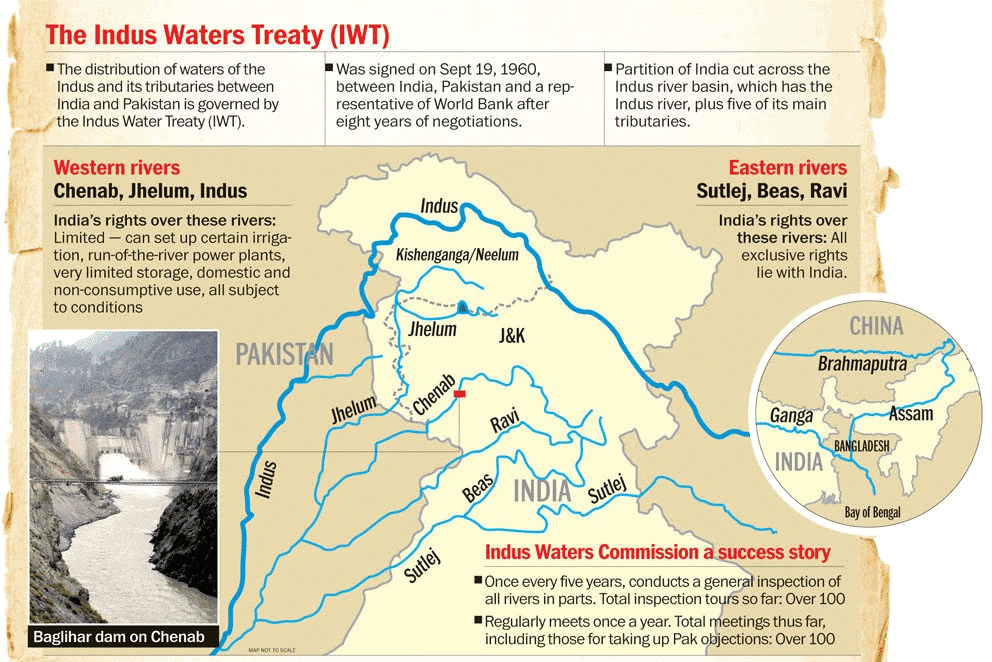
SAARC Visa Exemption Scheme
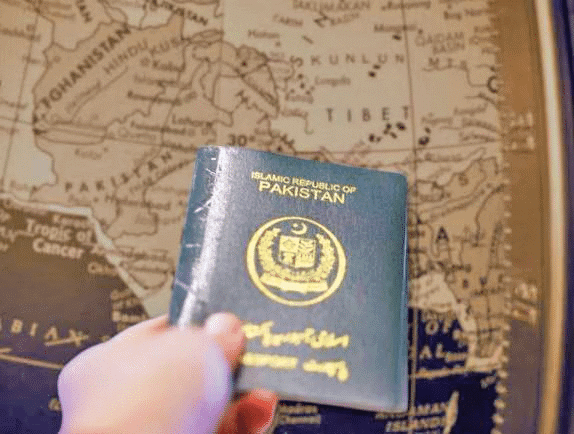 Why in News?
Why in News?
- The Cabinet Committee on Security (CCS) has recently annulled the South Asian Association for Regional Cooperation (SAARC) Visa Exemption Scheme (SVES) for Pakistani nationals. This decision follows the Pahalgam terror attack and represents a strong diplomatic reaction to Pakistan's ongoing support for cross-border terrorism.
Key Takeaways
- The SAARC Visa Exemption Scheme was launched in 1992 to boost people-to-people contact among member countries.
- The scheme allows selected individuals from SAARC nations to travel without a visa using a Special Travel Document.
- India has revoked the SVES for Pakistani nationals, declaring all previously issued visas as void.
Additional Details
- SAARC Visa Exemption Scheme (SVES): Established during the 4th SAARC Summit in 1988, it aims to enhance regional cooperation and connectivity among member states.
- Eligibility: The scheme covers 24 categories, including dignitaries, judges, parliamentarians, officials, businesspersons, journalists, and sportspersons.
- India's specific provisions allow citizens of Nepal and Bhutan to enter without a visa, while Pakistani nationals had limited eligibility for business visas.
This revocation underscores India's stance on terrorism and its implications for regional security, reflecting a significant shift in diplomatic relations within the SAARC framework.
Monsoon & Food Inflation in India
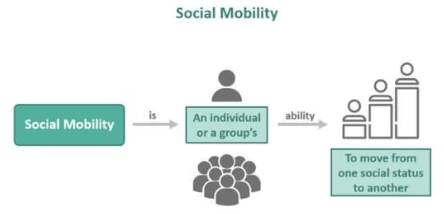
Why in News?
- The Indian Meteorological Department (IMD) has released its initial forecast for 2025, predicting an above-normal monsoon that is anticipated to enhance agricultural production and assist the government in managing food inflation, which is notably sensitive to variations in rainfall.
Key Takeaways
- IMD forecasts an “above normal” southwest monsoon for 2025, with expected rainfall at 105% of the Long Period Average (87 cm), ±5% margin.
- Geographic distribution indicates below-normal rainfall in certain regions while normal to above-normal rainfall is expected in key agricultural areas.
- The relationship between monsoon patterns and food inflation is complex, influenced by various factors including agricultural yields and supply chain dynamics.
Additional Details
- Geographic Distribution: Areas like Jammu & Kashmir, Ladakh, Tamil Nadu, Bihar, and the Northeast may experience below-normal rainfall, while regions such as Madhya Pradesh, Rajasthan, Maharashtra, Odisha, Chhattisgarh, Uttar Pradesh, and West Bengal are expected to receive normal to above-normal rainfall.
- Impact on Food Inflation: Good monsoons typically enhance yields and lower prices; however, certain crops may still see price increases due to production issues. Historical data shows that in years with lower rainfall, agricultural growth was adversely affected.
- Supply Chain Disruptions: Heavy rainfall can disrupt logistics, leading to increased costs and temporary price spikes, as seen during the floods in Assam and Bihar in 2023.
- Monsoon Deficit and Imports: A failure in monsoon can lead to greater dependency on imports for essential commodities, driving inflation, particularly for pulses and edible oils.
In summary, while the IMD's forecast for a favorable monsoon in 2025 is a positive sign for India’s agricultural prospects, the interplay between monsoon conditions and food inflation remains intricate. Factors such as the timing of rainfall, regional discrepancies, and specific vulnerabilities of crops will significantly impact food prices.
World Malaria Day 2025
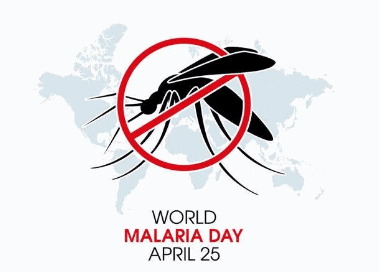
Why in News?
- World Malaria Day, observed annually on April 25th, was established by the World Health Organization (WHO) in 2007 to raise awareness and promote action against malaria. The theme for World Malaria Day 2025 is “Malaria Ends With Us: Reinvest, Reimagine, Reignite.”
Key Takeaways
- Malaria is caused by the Plasmodium parasite and transmitted by infected female Anopheles mosquitoes.
- There are five Plasmodium species responsible for malaria in humans, with P. falciparum being the most deadly.
- Malaria symptoms include fever, chills, headache, and fatigue; severe cases can lead to organ failure or death.
- Globally, malaria affects 263 million people and results in over 600,000 deaths annually, predominantly in Africa.
Additional Details
- Causes: The malaria parasite enters the bloodstream after a mosquito bites an infected individual. It then travels to the liver to mature and subsequently infects red blood cells.
- Decline in Cases: According to the World Malaria Report 2024, malaria cases in India decreased from 1.169 million in 2015 to 227,000 in 2023, with deaths dropping from 384 to 83, marking an 80% decline.
- Treatment: Effective treatments include drugs like chloroquine and artemisinin, supported by preventive measures such as insecticide-treated nets and indoor spraying.
- Vaccines: The RTS,S/AS01 (Mosquirix) vaccine, approved by WHO in 2021, is the first vaccine for children aged 5 months and older. In 2023, the R21/Matrix-M vaccine was also approved.
- Preventive Measures: Strategies include the use of Insecticide-Treated Nets (ITNs), chemoprophylaxis, and preventive chemotherapy for vulnerable groups. Intermittent preventive treatment during pregnancy is recommended in areas with high malaria transmission.
Efforts to combat malaria involve both global and national initiatives. The WHO Global Malaria Program aims to reduce malaria cases and deaths significantly by 2030, and various national frameworks and programs focus on eliminating malaria through research, vector control, and targeted interventions.
|
291 docs|142 tests
|
FAQs on Weekly Current Affairs (22nd to 30th April 2025) - 1 - Weekly Current Affairs - UPSC
| 1. What are the main challenges faced by India's logistics sector in the context of decarbonization? |  |
| 2. How does India's leather industry contribute to the economy, and what are its environmental impacts? |  |
| 3. What is the significance of India–Saudi Arabia relations in the context of economic cooperation? |  |
| 4. What are the implications of tightening student visa norms for Indian students in foreign countries? |  |
| 5. How does the Pahalgam terror attack relate to the Indus Waters Treaty? |  |
















